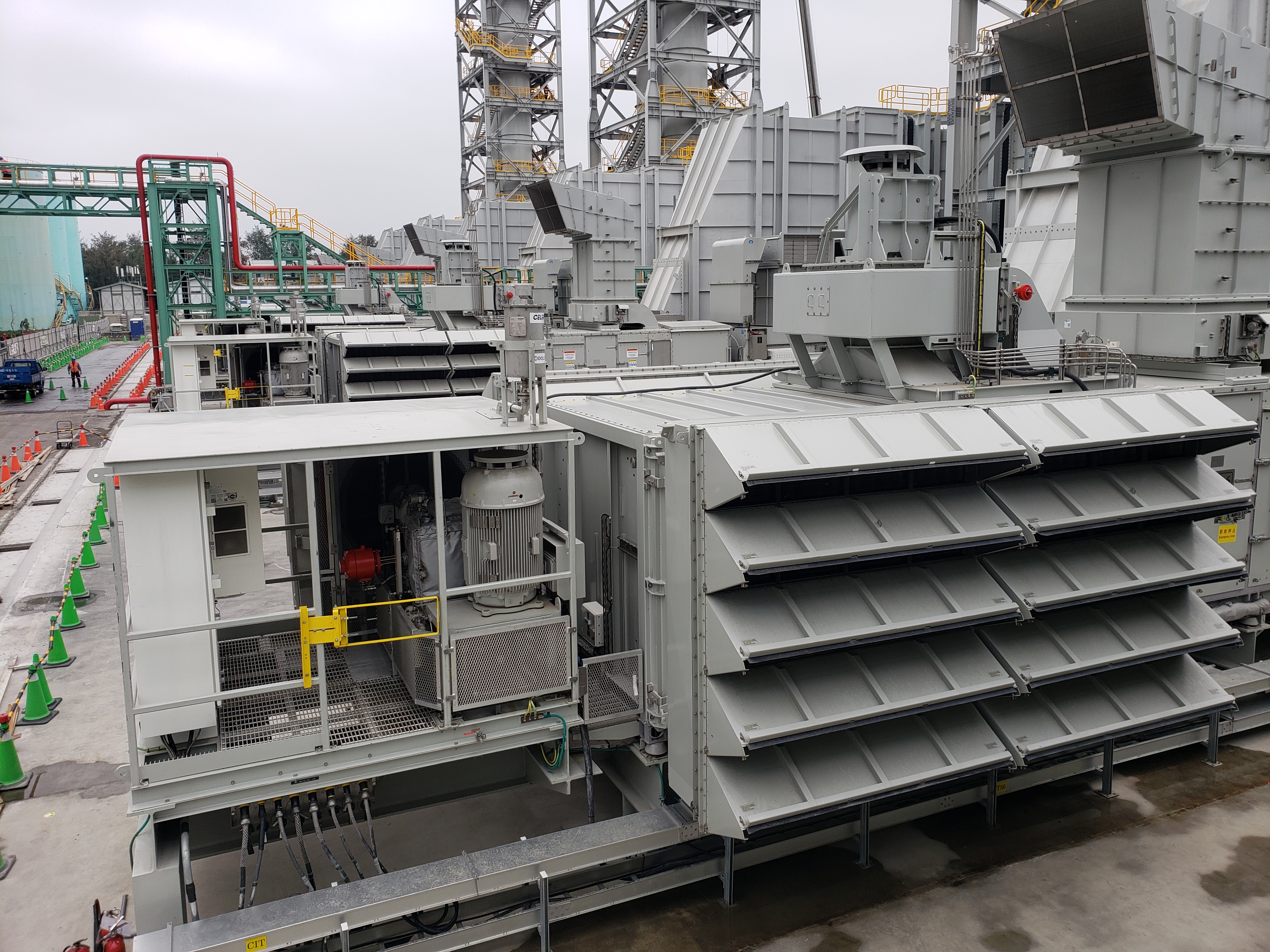PPC—Greece’s leading electricity producer and supplier—needed fast power to support peak power demand during the summer months, when more than two million visitors from all over the world descend upon the picturesque holiday island of Kos. The Kos power plant supplies electricity to the island as well as the surrounding islands of Kalymnoa, Nisyros, Tilos, Leros, Pserimos, Telendos, and Lipsi via underwater cables.
Kos installed a GE Vernova TM2500 aeroderivative solution that was delivered before the summer season and commissioned within a few days of arrival. While Kos lacks its own supply of natural gas fuel, the TM2500 is fueled by light distillate shipped in via tanker every 2–4 weeks then purified by a GE Vernova liquid fuel module.

